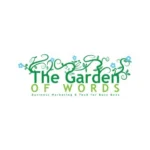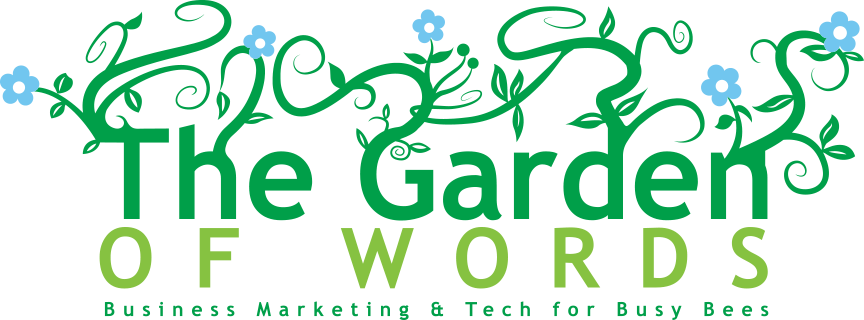If you’re just now starting a regular email or newsletter to your audience, you may wonder what on earth to write about. Sounds funny, since we’re garden communicators, right? But trust us; we’ve been there, too, staring at that blank screen.
Your newsletters don’t have to be long, but they do need to add value to your audience’s life. That’s why they signed up to receive your newsletter in the first place. So let’s figure out what to write and how to keep track of it all, shall we?

Newsletter Topics
Not every one of these topics will work for every one of you because your focus is different and your audiences will vary. Your newsletter can have the exact same format every month (greeting, new blog post, plant highlight, garden tip, and call to action), or you can mix it up and just include what’s important that particular month.
We do suggest keeping the same type of style and length so your audience knows what to expect from you, though—and a good example is our own Katie whose newsletters are on the longer side, always tell a story, usually have a main focus, and typically include a list of links to fun things. If she suddenly sent out something very short and to the point, her audience would feel ripped off.
Some of these topics are sure to get your creative juices flowing:
- Links to new blog post: We love this idea of always having something in your newsletter that links back to your website (hello, increased traffic!), and a blog post is a great way to do that.
- Updates on speaking engagements: Got an upcoming speaking gig or event that you’d like to invite your audience to? Let them know!
- Monthly garden checklist: This type of feature is perfect for some people and not for others. It depends upon the type of communicator you are—if you tend to be an all-round gardener and love teaching people how to garden, this is a great option. If you are a designer, this may not fit your audience very well.
- Plant of the month: Or really *anything* of the month as long as it aligns with your audience. Could be a recipe, a plant profile, a design tip, a product, or a project.
- Miscellaneous links that you think your audience will like: No, it doesn’t send traffic back to your website, but including a link to a new garden trend or article is just another way to add value to your newsletter.
- Any relevant announcement: Is your new book on preorder? Can they get a signed copy? Did you win an award? Were you featured in a magazine? On a podcast? Include the info and link for them to learn more!
- Product recommendation: Could be a garden tool, garden clothing, a new plant/seed company that you’re excited about, an app that is making your life easier.
- Garden tip: Any tip that helps your reader from how to plant a bulb, prune a tree, when to plant a perennial, how to tend the compost pile. Anything you’ve learned that you think your audience will appreciate. Do you do garden photography? Give them a photography tip each month. Specialize in herbs? Seed starting and harvesting tips are great to include.
How to Keep Your Topics Organized
We know some of you are planners. We love it. We’re planners, too. While you may not need a full-on spreadsheet to plan your newsletter topics out, we do recommend determining how you’re going to keep track of what you’ve written about in the past. This is particularly helpful if you do a recurring feature like a Monthly Tip or a Plant of the Month—it’s annoying to forget and wonder, “Did I already write about Upright Rosemary?” and then have to search through all of your old newsletters.
You can use any number of tools to stay on top of your newsletter planning. We use the first two below extensively to plan out our topics, both for ourselves and for our clients:
- Spreadsheets: Each topic has its own column to track links to articles, plants to feature, etc. We love Google Sheets for this purpose.
- Google Doc: Google docs are perfect for planning, particularly if you have other people you work with. Invite everyone to the document and make updates in real time so everyone’s on the same page.
- Word Doc: A simple Word doc may work for you just fine, especially if it’s just you doing the planning. Plan out your topics seasonally (3 months at a time) so you always know what’s coming up around the corner.
Tip: Remember to track your click-through rates to determine which links your audience is responding to. If they routinely give your monthly garden tip the cold shoulder, ditch it and try something else!



